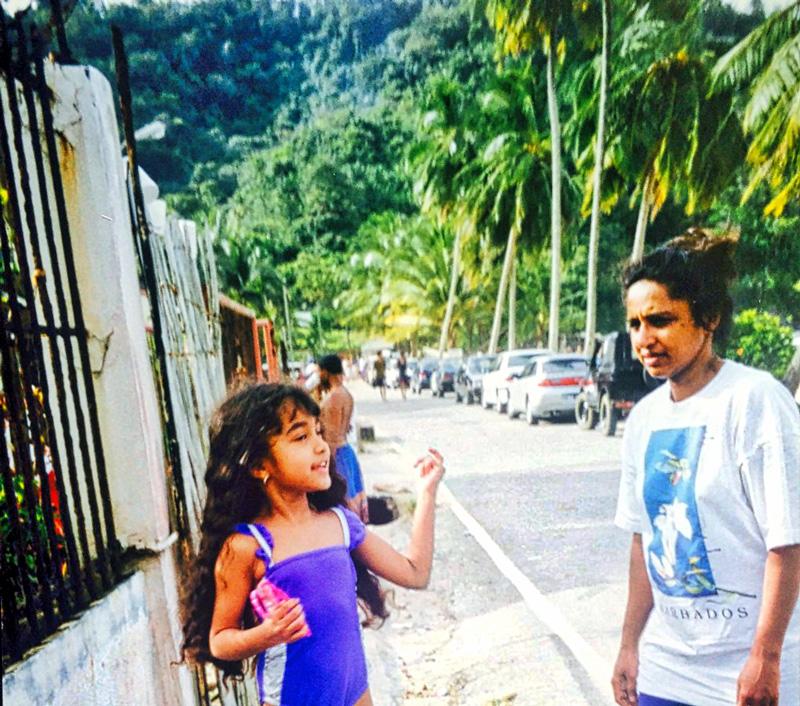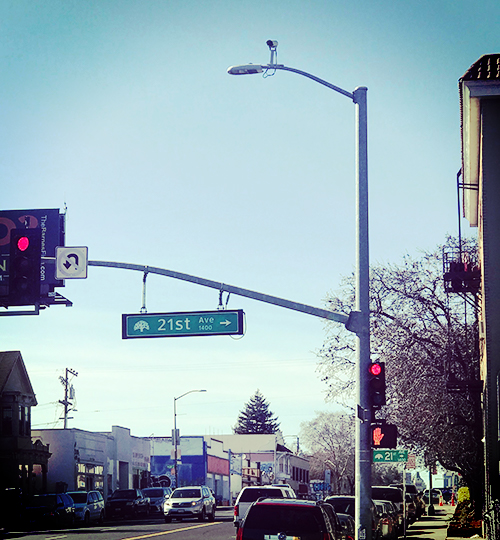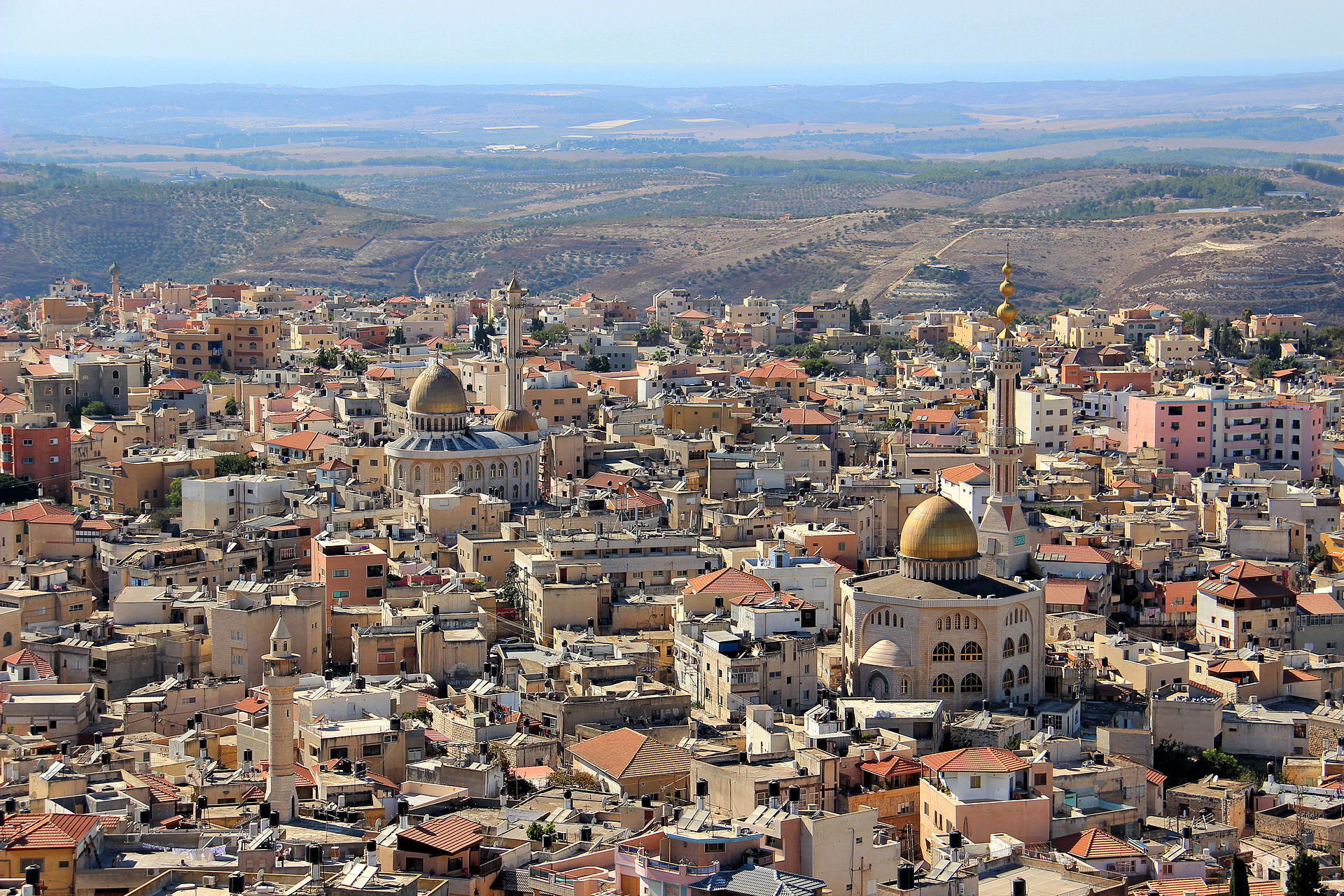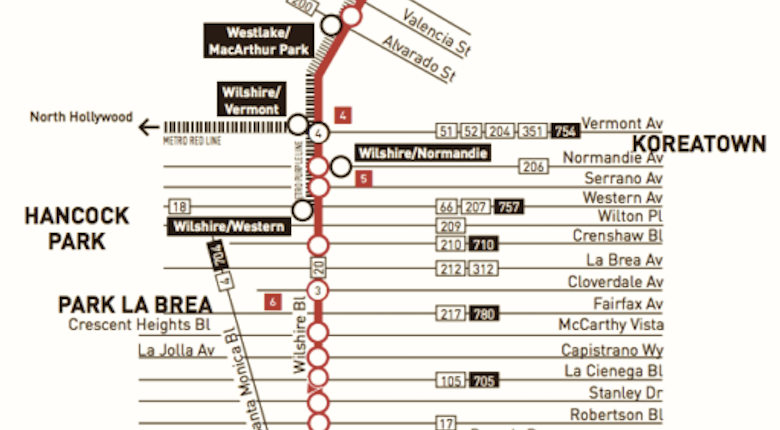Nicolette Ramcharan
Published on April 18, 2016
At the age of eight, I visited for the first time a strange and unfamiliar place. My grandmother’s house, situated on a corner lot, is surrounded by six-feet-tall walls of white bricks. They own acres of farmland around the house, growing corn, sugar cane, mangoes, and bananas alongside a variety of other tropical fruits. I can still remember the feeling of the warm grass beneath my feet, the hot sun that scorched my shoulders, and the cool breeze that traveled from afar to reach my face. From the terrace of this two-story house, I could see fields of green and smell the freshly baked bread and spicy foods from downstairs. This distinct memory of the place of my grandmother’s home in Trinidad and Tobago continues to be a part of who I am today.
 One day, grandmother told me she was inviting over a church friend by the name of Janice. I was eager for her visit because she was also bringing along her granddaughter who was apparently the same age as I was. The doorbell rang, and when I opened the burglar-proofed front doors, I was surprised to find that Janice and her granddaughter were Chinese. Janice said with a strong Trinidadian accent, “I brought over a real nice pot of curry goat with cooked rice.” I remember being confused as an eight-year-old child, unable to understand how there were Chinese people living in Trinidad, and wondering how it was that they spoke with the same accent as my West Indian grandmother. One would think that I would be accustomed to diversity, having grown up in multicultural Toronto, but as a young girl I had naively assumed that Trinidadians looked like my family.
Janice’s granddaughter Christine and I played in the farmlands that surrounded the house and ate sweet mangoes and baby bananas right off the tree. Christine told me Trinidadian folktales about lost children with backwards feet who roam the nights and live under the guggul tree. I remember having nightmares about these children taking me away during the night. I befriended other children from the village including an Afro-Caribbean named Ricky who joined us in our small adventures in the fields. We ate fruit, played games, and told stories to each other. I was no longer surprised to see racial difference among Trinidadians, and instead began to see difference as an empowering and positive experience.
One day, grandmother told me she was inviting over a church friend by the name of Janice. I was eager for her visit because she was also bringing along her granddaughter who was apparently the same age as I was. The doorbell rang, and when I opened the burglar-proofed front doors, I was surprised to find that Janice and her granddaughter were Chinese. Janice said with a strong Trinidadian accent, “I brought over a real nice pot of curry goat with cooked rice.” I remember being confused as an eight-year-old child, unable to understand how there were Chinese people living in Trinidad, and wondering how it was that they spoke with the same accent as my West Indian grandmother. One would think that I would be accustomed to diversity, having grown up in multicultural Toronto, but as a young girl I had naively assumed that Trinidadians looked like my family.
Janice’s granddaughter Christine and I played in the farmlands that surrounded the house and ate sweet mangoes and baby bananas right off the tree. Christine told me Trinidadian folktales about lost children with backwards feet who roam the nights and live under the guggul tree. I remember having nightmares about these children taking me away during the night. I befriended other children from the village including an Afro-Caribbean named Ricky who joined us in our small adventures in the fields. We ate fruit, played games, and told stories to each other. I was no longer surprised to see racial difference among Trinidadians, and instead began to see difference as an empowering and positive experience.
 There are many layers of geography and history when it comes to defining what it means to be Trinidadian. I am often asked the question, “What is your background?” to which I usually answer, “I am Canadian but my parents are of Trinidadian descent.” Both the question and answer are unclear. How many historical layers sufficiently define a background? What does it mean to be Trinidadian… or Canadian? I have learned through my experience at grandmother’s home that “Trinidadian” can mean Indo-Caribbean, Afro-Caribbean, White, Chinese, or even Spanish. I learned about how it was that my friends and I came to hold hands and play together, and the history behind the differences in the colours of our skin. The fields of green where my friends and I played was a place that my ancestors had worked upon as indentured servants. This was the same land that was promised to the indentured servants by the British Empire in the late 1800’s. Indentured labour had replaced slavery for the British Empire in part because of the end of slavery in 1823, and hundreds of thousands of East Indians, Pacific Islanders, and Chinese were shipped on long voyages to the Caribbean. In exchange for their labor, the Indian indentured workers were given the choice of a piece of land in Trinidad or passage back to India.
In considering Canada in the context of a post-imperial geography of the Indian diaspora, I see connections between being a diasporic Indian immigrant-settler in contemporary Canada and being an Indian indentured worker in 19th Century Trinidad. Both involve a difficult process — though an immigrant experience probably pales in comparison to indentured servitude — of moving to an unfamiliar country and facing language barriers, prejudice, and racism. Both involve taking risks for new opportunities and hoping for a better future. My mother and father faced many challenges as Trinidadian immigrant-settlers in Canada, experiencing discrimination and difficulty in finding secure employment and adequate housing. As I reflect on my experiences in Trinidad, I realize I am part of interconnected histories of a transnational diaspora across space and across time.
Works Cited
There are many layers of geography and history when it comes to defining what it means to be Trinidadian. I am often asked the question, “What is your background?” to which I usually answer, “I am Canadian but my parents are of Trinidadian descent.” Both the question and answer are unclear. How many historical layers sufficiently define a background? What does it mean to be Trinidadian… or Canadian? I have learned through my experience at grandmother’s home that “Trinidadian” can mean Indo-Caribbean, Afro-Caribbean, White, Chinese, or even Spanish. I learned about how it was that my friends and I came to hold hands and play together, and the history behind the differences in the colours of our skin. The fields of green where my friends and I played was a place that my ancestors had worked upon as indentured servants. This was the same land that was promised to the indentured servants by the British Empire in the late 1800’s. Indentured labour had replaced slavery for the British Empire in part because of the end of slavery in 1823, and hundreds of thousands of East Indians, Pacific Islanders, and Chinese were shipped on long voyages to the Caribbean. In exchange for their labor, the Indian indentured workers were given the choice of a piece of land in Trinidad or passage back to India.
In considering Canada in the context of a post-imperial geography of the Indian diaspora, I see connections between being a diasporic Indian immigrant-settler in contemporary Canada and being an Indian indentured worker in 19th Century Trinidad. Both involve a difficult process — though an immigrant experience probably pales in comparison to indentured servitude — of moving to an unfamiliar country and facing language barriers, prejudice, and racism. Both involve taking risks for new opportunities and hoping for a better future. My mother and father faced many challenges as Trinidadian immigrant-settlers in Canada, experiencing discrimination and difficulty in finding secure employment and adequate housing. As I reflect on my experiences in Trinidad, I realize I am part of interconnected histories of a transnational diaspora across space and across time.
Works Cited
- Anderson, Clare. 2009. “Convicts and Coolies: Rethinking Indentured Labour in the Nineteenth Century1.” Slavery and Abolition 30 (1): 93-109.
- Reddock, Rhoda. 2008. “Indian Women and Indentureship in Trinidad and Tobago 1845-1917: Freedom Denied.” Caribbean Quarterly 54 (4): 41-68,149.
- Roopnarine, Lomarsh. 2009. “Indian Social Identity in Guyana, Trinidad, and the North American Diaspora.” Wadabagei : A Journal of the Caribbean and its Diaspora 12 (3): 87-125.
- Fung, Richard. 1996. “Bodies out of Place: The Videotapes of Shani Mootoo.”Women & Performance: A Journal of Feminist Theory 8, no. 2: 161-73.
 Nicolette Ramcharan is a hardworking, uplifting, and optimistic 4th year student at the University of Toronto, studying History and Human Geography. She currently works at the Royal Ontario Museum in curating and also at Best Buddies Canada. Her hobbies include tennis and reading historical novels, and she has a strong passion for traveling and historical geography. After graduation, Nicolette plans to pursue a Master’s in Library Science and Information at the University of Toronto.
Nicolette Ramcharan is a hardworking, uplifting, and optimistic 4th year student at the University of Toronto, studying History and Human Geography. She currently works at the Royal Ontario Museum in curating and also at Best Buddies Canada. Her hobbies include tennis and reading historical novels, and she has a strong passion for traveling and historical geography. After graduation, Nicolette plans to pursue a Master’s in Library Science and Information at the University of Toronto.



This article touched my heart deeply. It brought back memories of a time I didn’t have to worry about bills and mortgages. It was a time of great memories without all of today’s technology.
Well written essay I enjoyed it. A colorful, innocent and refreshing view of our way of life on our island and a reminder as well, of how we are a very blessed and fortunate people that have come a long way.
This was a wonderful and insightful story. Your perspective of cultural identity and ethnicity as a child were both fascinating and insightful. The line between who we are and what we look like is often blurred and interconnected. Your childhood acceptance of difference and preconceived notions and perceptions reflect very well the crux of your story and the duality and influence of westernized culture.
I really enjoy the way you wrote this story, I found it extremely captivating the entire way through. I realized through reading this piece that there are many intersectionalities within who I call family which makes calling one distinct place ‘home’ somewhat difficult. It is interesting to me that depending what someone is used what is deemed as socially and culturally normal can differ so much. You description of cultural identity and the connections you assumed were normal were very interesting especially your views as a child. I liked the contrast between how you used to think and how you are thinking about these issues now. The way that one looks at things differs so much on experience, ethnicity and cultural norms do not stem from the color of our skin our appearance. Identity stems from experiences and socialization, which you clearly stated within you story. Thank you for sharing!!
Nicolette, you wrote a very compelling story with very visually appealing contents. One of the main reasons I enjoyed reading your story was because I was able to relate it to myself; it’s as if I was telling my life story. The first paragraph reveals the scenery of your mother’s native land in a very descriptive way that made me feel like I am there capturing the moment alongside with you as well. Being from a tropical island myself, I can easily picture the visions and sceneries you described with ease. This was just like my childhood experiences in my motherland where I was born and raised, Sri Lanka. The choice of words and how each paragraph is explained with new experiences shows a clear and precise layout of the story format that keeps the readers wanting to know more. During childhood, you believed that if you are from one place then you are expected to look and behave in a certain way. That was the same need to belong and be accepted experience I had when I was younger. I thought all Sri-Lankans had to be medium brown skin tone and usually have curly hair. As I got older, I came to realize and understand that people come in different forms, colours and looks based on their family roots despite the country they live in. I came to understand and learn that identity is a formation that occurs through identification of families and other individuals within the family ties. So In all, the story was easy to read, clear to understand and visually very appealing to me. It also gave me an insight into how life in a former British colony was not much different than that of my own mother land.